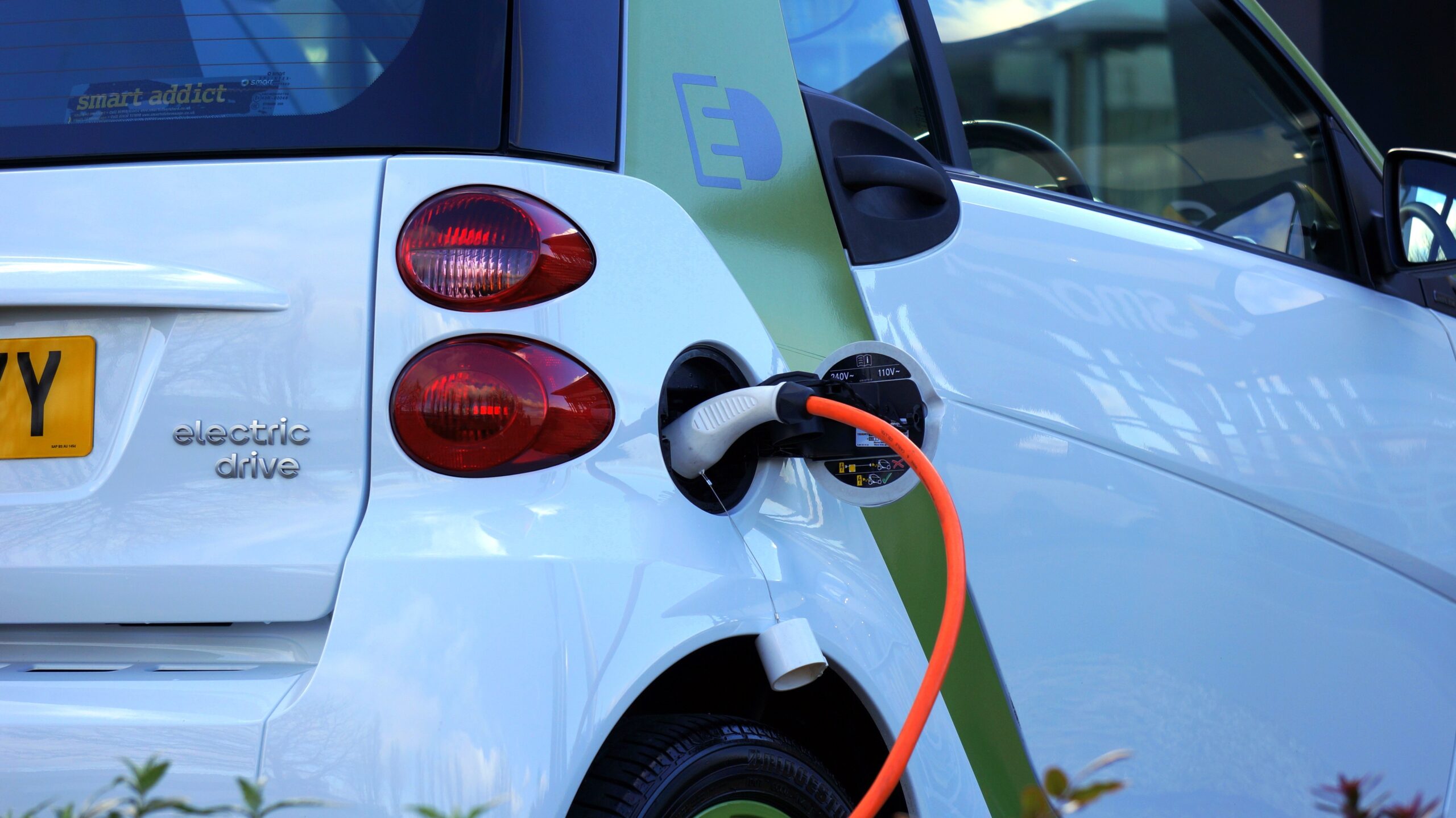Clean transportation is the key to tackling carbon emissions, for a globally growing population. However, clean transportation is key to achieving the social, economic and environmental Sustainable Development Goals set forth by the United Nations. If you want to understand more about the present and future of the transportation industry and how Clean Transportation can provide ways to meet a sustainable development, this is your post.
Decarbonizing the transportation sector is one key to keeping global warming below 1.5˚C, improve citizens’ quality of life, enabling or restricting us from accessing essential services, job opportunities, or helping break the cycle of poverty, and therefore strengthen our economy. Promoting sustainable urban mobility and increased use of clean and energy efficient transportation is at the core of the United Nations Sustainable Development Goals for cleaner air, climate change action, sustainable cities and economy growth, affordable mobility, good health and well-being, and no poverty.
WHAT IS CLEAN TRANSPORTATION?
Transportation systems allows us to bridge the geographical constrains historically faced enabling worldwide human development and growth. It is an essential element of the economy as it plays a major role in supporting spatial relations between locations and its people, creates links between regions, economic activities worldwide, and in essence, it generates value.
However, transportation environmental impacts are very significant, including negative impacts on air and water quality, noise level, and public health. Therefore, the evolution of the transportation industry must find ways to mitigate the generated environmental and social aspects which are presently impacting our society and its subsistence. Transportation is, therefore, a dominant factor in contemporary environmental issues, including sustainability and climate change.
Sustainable transportation is the capacity to support the mobility needs of a society in a manner that is the least damageable to the environment and does not impair the mobility needs of future generations. Clean Transportation refer to all the new technological means available to transfer people and materials from one place to another in a way that produces significantly less carbon emissions that its conventional fossil fuel transportation counterparts.
THE IMPACT OF THE TRANSPORTATION INDUSTRY
However, clean transportation means are only one piece of the puzzle. The core components involving a transportation system that regulates the severity and the likelihood of the environmental and social impacts are the modes, infrastructures, networks, flows and demand. The larger infrastructure and logistics portion shall also be considered when planning for a sustainable transportation system to minimize the consumption of energy sources and related carbon emissions and other pollutants such as carbon dioxide or nitrogen oxide, in addition to the noise impacts, deterioration of ecological systems and its biodiversity, increasing appropriation of land or the massive depletion of resources to operate and maintain this gigantic global system.
Despite of the obvious socio-economical benefits that the transportation industry brings to the our society, it is also acknowledged that the transportation industry is the cause of enormous direct and indirect socio-environmental costs which historically have been justified. Without getting into details, the transport sector, including all modes, accounts for about 22% of global CO2 emissions. However, the cost of this and the rest of environmental issues due to transportation infrastructures are generally not assumed by the public sector, service providers or users, becoming a accumulate cost in environmental pollution as a whole. The complexity and variety of the impacts have led to increasing controversy the environmental policy related to the transportation sector, the role of transportation in climate action, and its mitigation strategies.
THE DECARBONISATION OF THE TRANSPORTATION SECTOR
When trying to integrate sustainability into the context of the transportation sector, the complexity of modes, networks, flows and demands come into play with an increasing focus on geography and dimension.
While transcontinental movements of people and materials will be characterized by air of sea transportation, the transfers within continents by land transportation modes multiply in types and sizes. And therefore the array of solutions become also a complex set of strategies and policies, sometimes difficult to balance.
These below are the preferred alternatives by the transportation sector:
AIR
The aviation sector accounts for a 12% of CO2 emissions from all transportation sources and a 2.1% of all human-induced carbon emissions. Nevertheless, advanced research on aircraft technology, fuel efficiency, and alternative fuels show that emissions could be cut by 85% through demand management, advances in efficiency technologies, and expanded use of biofuels.
SEA
However, ICCT research suggests that by mid-century marine emissions could be cut by as much as 71% from projections through operational changes, efficiency improvements, use of sustainable biofuels, and zero-emission technologies.
ROAD
The road transportation accounts for a 74% of CO2 emissions from all transportation sources. Road transportations incorporates the commercial freight system in addition to the light vehicle and heavy vehicle fleet.
Global freight activity accounts for the highest share of fuel consumption, greenhouse gas emissions, and air pollution. Most buses and heavy-duty trucks rely on diesel engines that emit dangerous levels of particulates, nitrogen oxides, and other pollutants that cause chronic disease and premature death. Decarbonizing the freight transportation using cleaner engines and fuels, technological advances, and electrifying 29% to 81% of the global heavy-duty fleet by 2050 is urgently necessary for a rising freight activity demand.
Light vehicles encompasses passenger cars, light trucks and vans, motorcycles, scooters, and other two- and three-wheeled vehicles account for about a third of global oil demand and produce about half of all transportation-related greenhouse gas emissions.
There are many different technologies for cleaner transportation at different stages of development and deployment. Among the most developed ones we can find:
- Energy efficiency technologies that can enhance the drive performance and save fuel, can also reduce the emissions of carbons between 3-8%. Among the best performers we find cylinders deactivation, turbochargers to increase engine power, continuous variable transmission (CVT) with infinite number of gears for fuel economy, or the stop-start of the engine.
- Hybrid electric vehicles use Stop-Start, regenerative braking, and larger electric motors and batteries to reduce fuel use and carbon emissions by 27-35%.
- Bio fuels can reduce the emissions of GHG by 19-78% depending on the raw material used, the farming and manufacturing methods used, and the efficiency of the engines. Current bio-fuels are made from corn or sugarcane to produce ethanol, however, in the near future, ethanol will be produced from cellulose found in crop residues, forestry residues, energy crops and sorted municipal wastes which could increase the reduction of emissions up to 86% and support a stronger circular economy as well.
- Battery Powered Electric Vehicles (BPEV): When choosing BPEV, ensuring battery charging from renewable energy sources is a must. However, despite the benefits of utilizing zero-emissions propulsion technologies, it is as important to understand the implications of deploying millions of batteries, not only from a resource consumption point of view but also from a end-of-life disposal implications. Along the deployment of these technologies, the battery recycling new technologies within a circular economy more energy and water efficient, cleaner and affordable are also in development and will be available for a rising electric vehicles demand.
- Fuel Cells Electric Vehicle (FCEV): fuel cell electric vehicles use electricity powered by hydrogen to power an electric motor, rather than drawing electricity from only a battery.
The employment of low and Zero carbon emissions for your business fleet will significantly improve your performance towards a net-zero business.
GREEN URBAN MOBILITY
As per the European Union, Sustainable Urban Mobility Plans (SUMP) are required to tackle transport-related problems in urban areas more efficiently. A SUMP is “a strategic plan designed to satisfy the mobility needs of people and businesses in cities and their surroundings for a better quality of life.” But they also contribute to reaching the Climate and Energy targets set to achieve the objectives of the Paris Agreement.
The objectives of sustainable urban mobility are:
- Reduce air and noise pollution, greenhouse gas emissions and energy consumption;
- Connect residents with key destinations and services;
- Improve safety and security;
- Improve the efficiency and cost-effectiveness of the transportation of persons and goods;
- Contribute to enhancing the attractiveness and quality of the urban environment for the benefits of residents, the economy and society as a whole.
Additionally, green urban mobility aims at improving the air quality in urban areas, which is normally implemented though Carbon taxes and Clean Air zones. Utilising remote sensing of emissions from fuel engines, the public administration can accurately identify high or low polluting vehicles and vehicle types under specific driving conditions, which then translates into policies to control the emissions in certain urban areas. Providing alternative urban mobility such as cycling routes, rail and tram system, the public administration can curve the carbon emissions from mobile sources, improve the quality of air and better manage the temperature within urban areas.
In essence, green urban mobility contributes to reaching the objectives of the sustainable urban development. However, plans are necessary to draw on strengths and curve weaknesses within populated urban areas.
CONCLUSION
While there is much work to do yet on identifying the most effective and safe zero and low emission technologies to deploy, it is also realized that only the combination of strategies and technologies will achieve the goal of a sustainable transportation system. Those strategies shall not ignore the challenges that a growing global population will pose on the increased demand for transportation of goods and people to achieve the decarbonization of the transportation system.
Did you find this post interesting? Please leave us your comments. We would like to hear from you and improve our content to better serve you!

